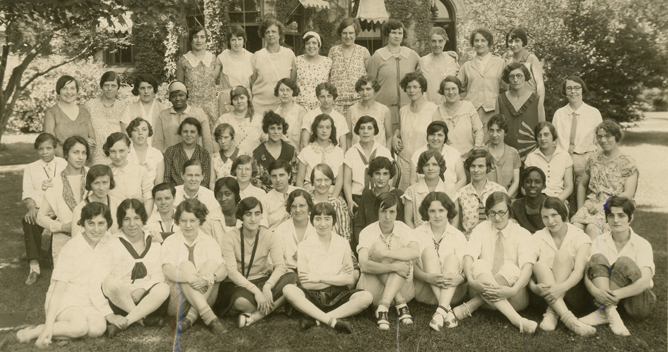New England Woman, Clothing and Chinese Export Silk in the Early American Republic
Speaker Bio
Manman Huang is in her candidacy for a Master of Arts in History at the University of Macau. During her graduate studies, Ms. Huang served as a graduate assistant with the history department, and her scholarship interests include Sino-American trade and women's history. Her research focuses on the "China Trade" in the 19th century, especially the relation between Chinese silk exported to the United States and the important, yet neglected role that women have performed in the development of that trade. She has given presentations in conferences about the historical research in China trade and visualizing materials.
Abstract
The major export in the "China Trade," besides tea, was silk, and this was mostly exported to the United States from approximately 1789-1850. This project focuses on a discussion of the types of silk and their relationship with the American market's needs and tastes. This work covers illustrations from the 19th century through contemporary sources. I have been collecting and collating a list of important Chinese silk items held in major museums in the United States. The study examines silk shipments and consumption in the American market. From the rich historic images, percentage of end products by men and woman are compared.
Moreover, by analyzing account books and diaries by American merchants in Salem, the study indicates how merchants' wives, mothers, and sisters made notes and wrote letters to describe, with exactness, the patterns and quantity of silk they wanted. Behind the great "China Trade", which facially consisted of male-dominated historical role and the merchant economy, the study exposes how the female influence and participation affected the 19th century "China Trade." American market was actually driven by a range of decisions made by women.
New England Woman, Clothing and Chinese Export Silk in the Early American Republic
The major export in the "China Trade," besides tea, was silk, and this was mostly exported to the United States from approximately 1789-1850. This project focuses on a discussion of the types of silk and their relationship with the American market's needs and tastes. This work covers illustrations from the 19th century through contemporary sources. I have been collecting and collating a list of important Chinese silk items held in major museums in the United States. The study examines silk shipments and consumption in the American market. From the rich historic images, percentage of end products by men and woman are compared.
Moreover, by analyzing account books and diaries by American merchants in Salem, the study indicates how merchants' wives, mothers, and sisters made notes and wrote letters to describe, with exactness, the patterns and quantity of silk they wanted. Behind the great "China Trade", which facially consisted of male-dominated historical role and the merchant economy, the study exposes how the female influence and participation affected the 19th century "China Trade." American market was actually driven by a range of decisions made by women.

